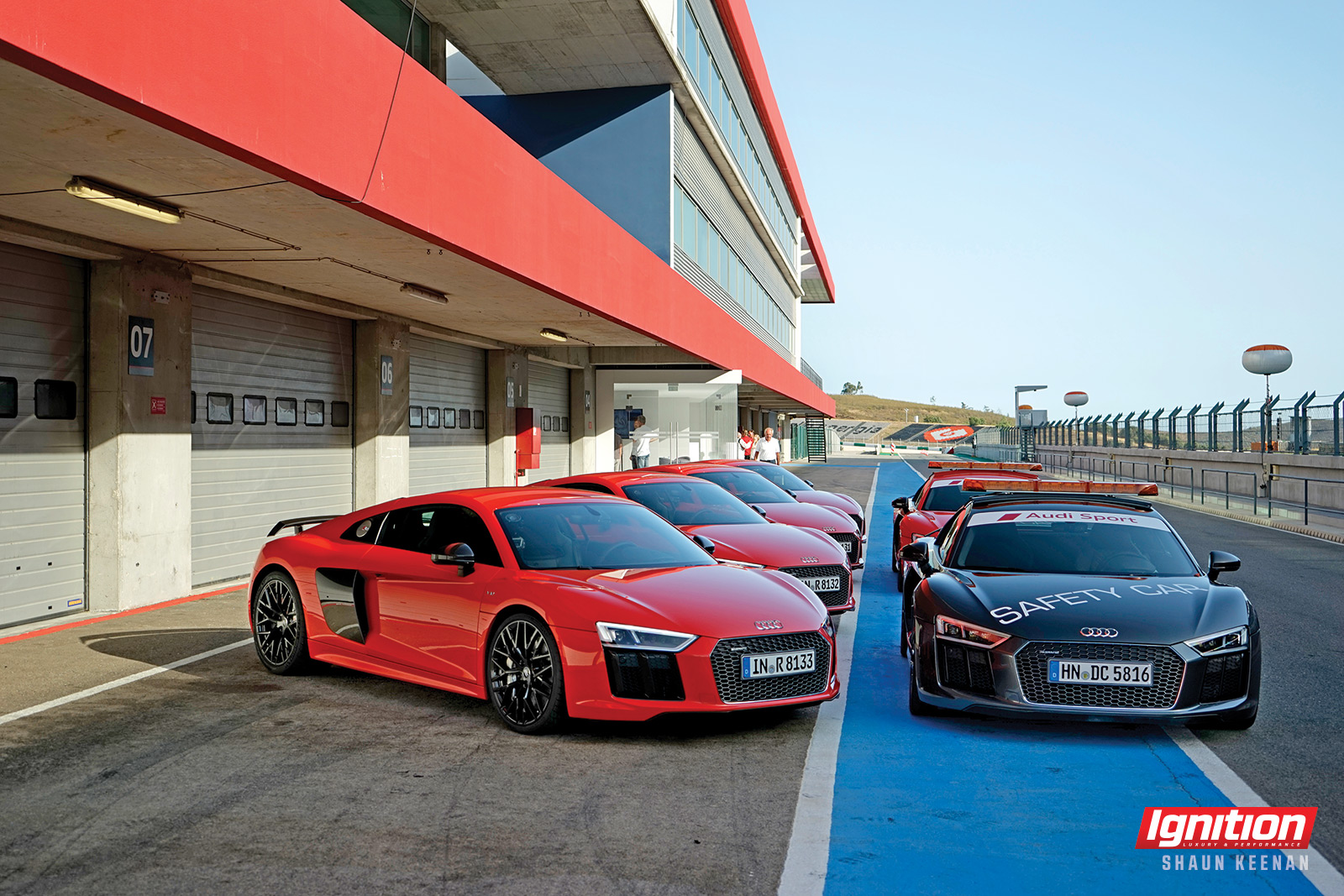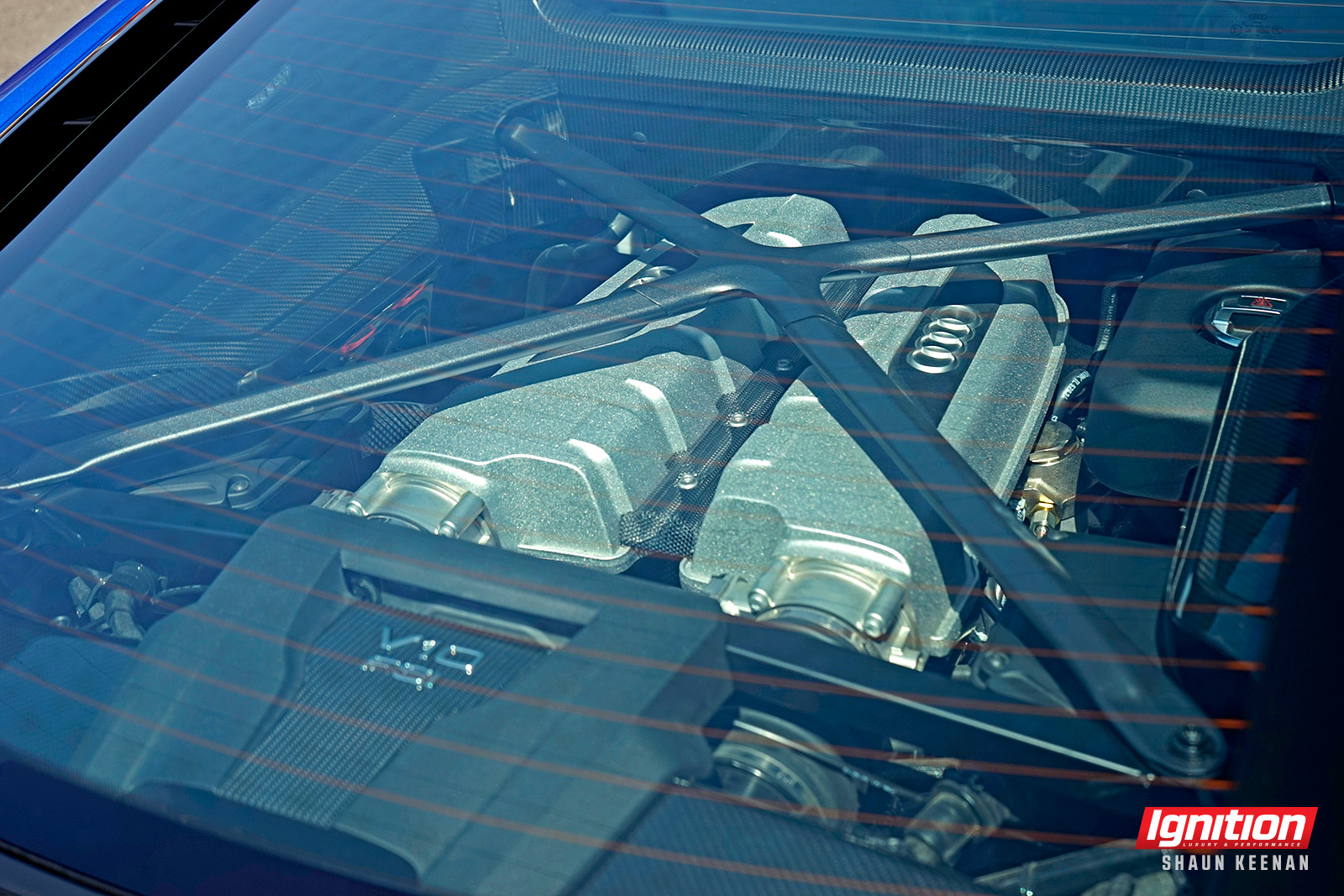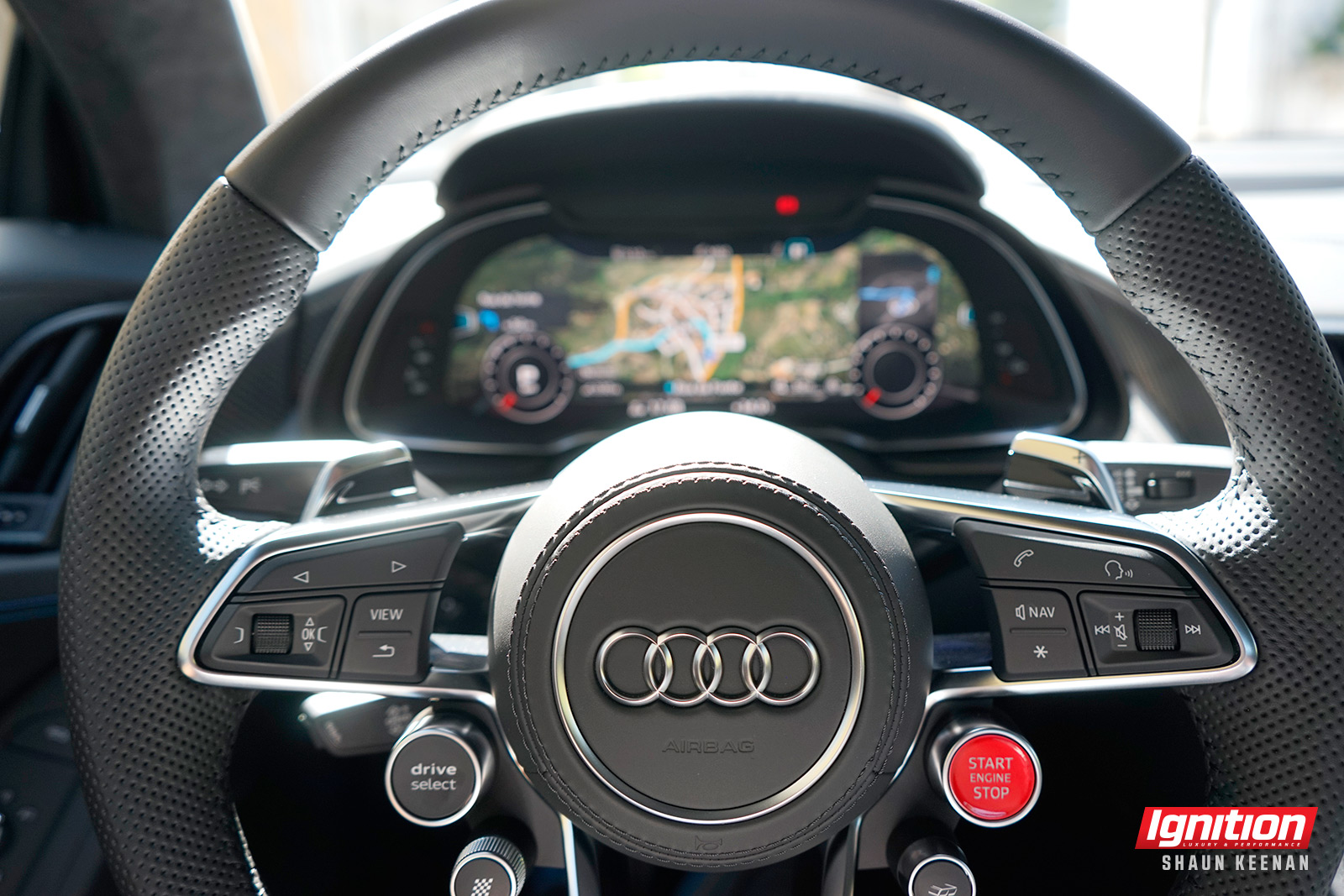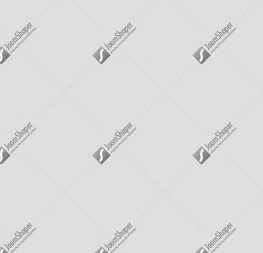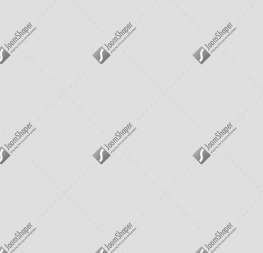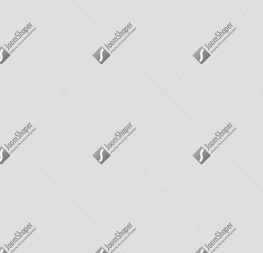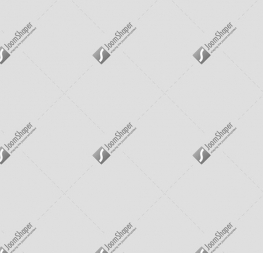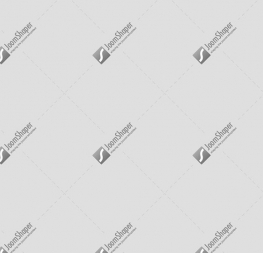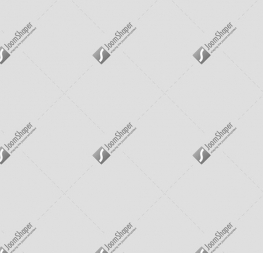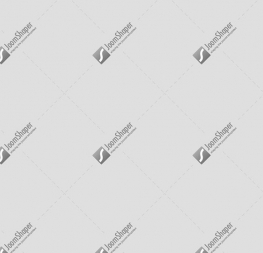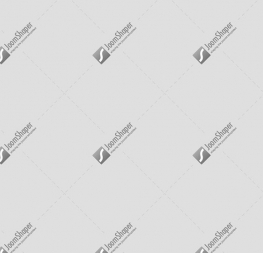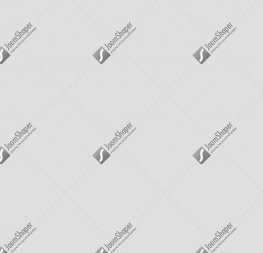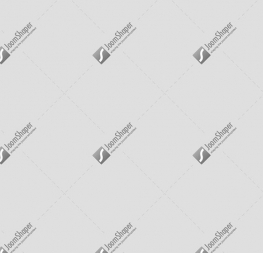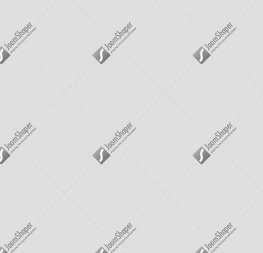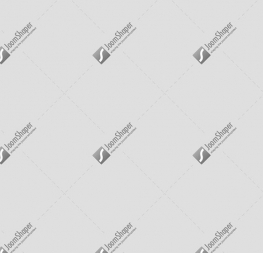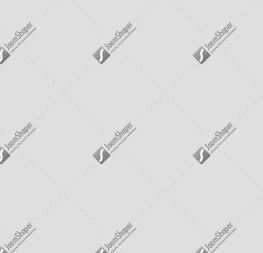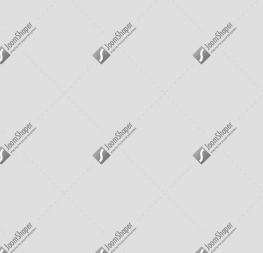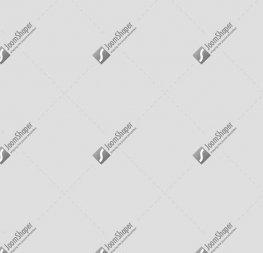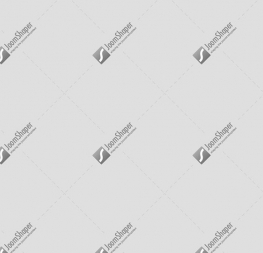
The R8 supercar has been a bright star for the Four Rings since its 2007 debut. On the street and the racetrack. The company has sold nearly 27,000 of the road-going versions worldwide to date, and the second generation R8 – launched at the Geneva Motor Show this spring – is already on sale in Europe.
Audi’s most powerful and fastest production car won’t go on sale Canuck-side until spring 2016 though, as a 2017 model. Pricing won’t be released until the spring either, but rest assured it’ll offer an amazing performance-per-dollar value. Only V10 models will be offered, and a Spider model has not yet been announced. Based on current pricing, my best estimation is the 2017 Audi R8 will start at $185,000 for the base, and $215,000 for the V10 plus.
The current generation R8 is a reliable and functional everyday supercar, and badge stalwarts ought to be impressed when the green flag drops on this new and improved version. “It is simply a driver’s dream,” says Audi’s most decorated 24 Hours of Le Mans factory driver, Tom Kristensen, of his employer’s latest flagship. And there’s no point in arguing with a guy whose nickname is “Mr. Le Mans.”
Kristensen’s first Le Mans win with Audi came as part of a 1-2-3 podium sweep in 2000 when the R8 racecar made its debut. The R8 racecar enjoyed a three-year winning streak; and spawned the Audi Le Mans quattro concept car in 2003 to mark the achievement. Audi Sport Team Joest uses the R18 e-Tron quattro today for LMP action, but the homologated R8 is still a dominant force in the global motorsport arena.
No Audi model is closer to racing than the R8, and none are as dynamic as this new generation. Sharing 50 percent of their parts, the street and race versions were developed and launched simultaneously in Geneva. Ten weeks later, the no. 28 Audi Sport WRT R8 LMS had already won its first race – an overall victory at the ADAC Zurich 2015 24 Hours of Nürburgring no less.
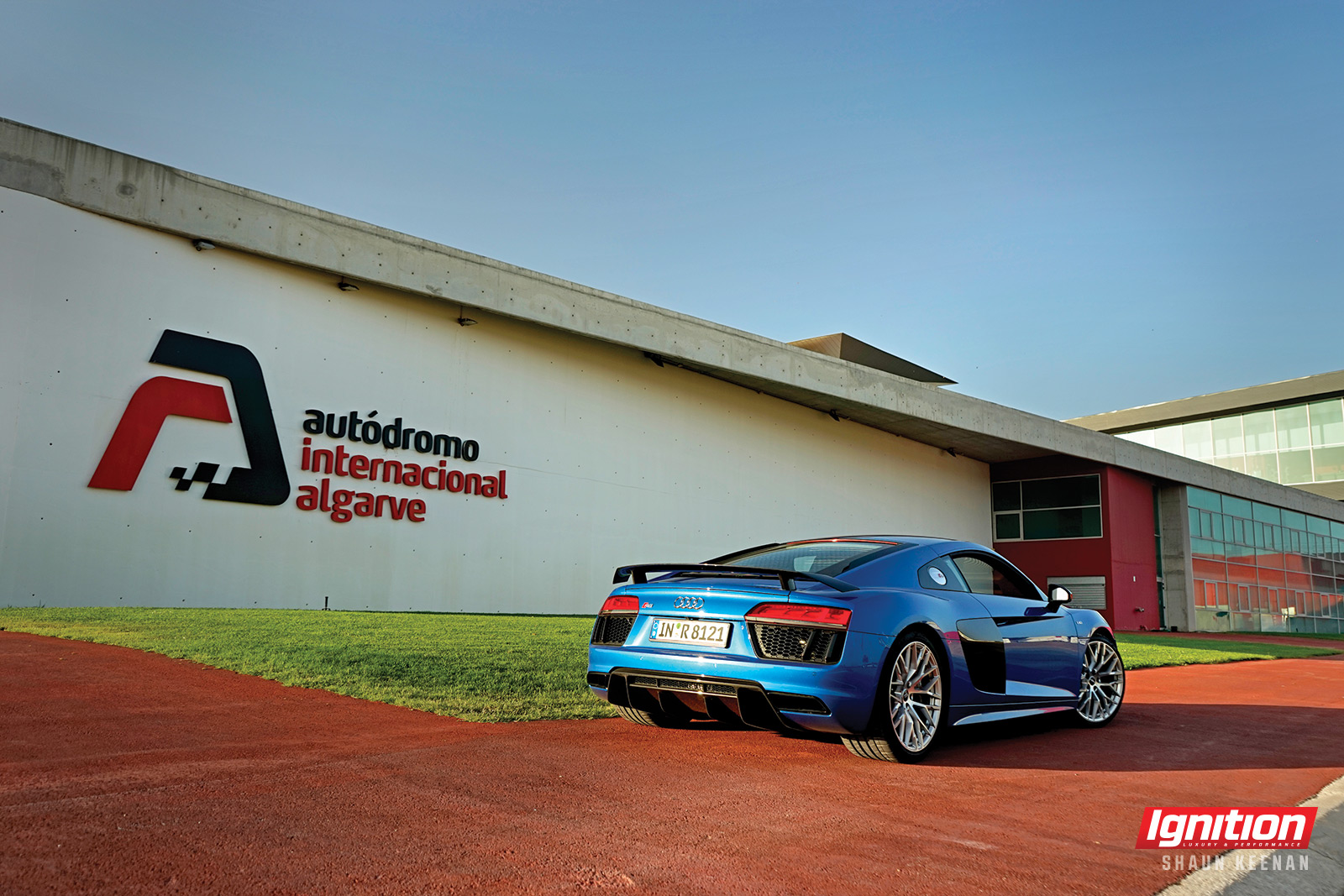
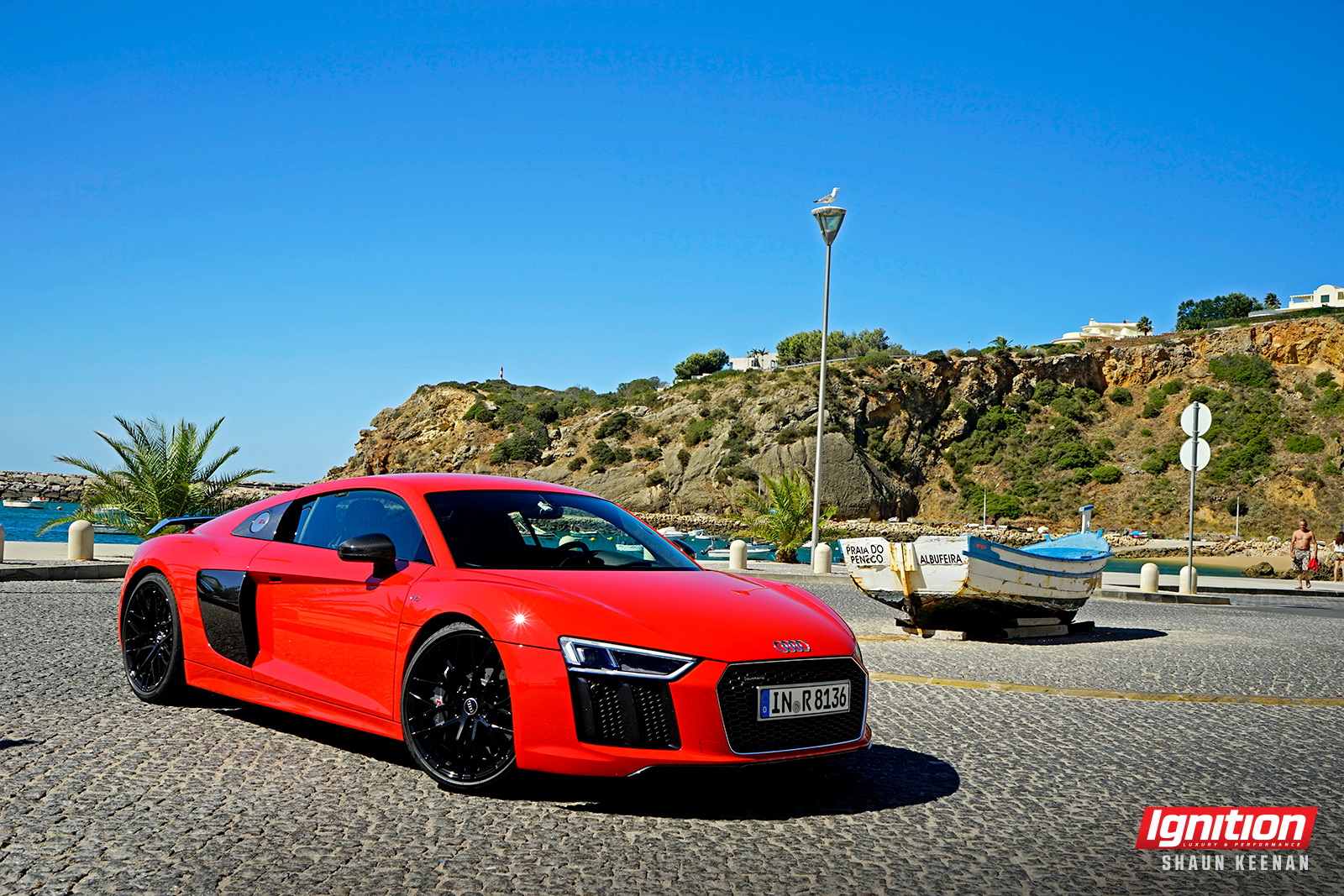
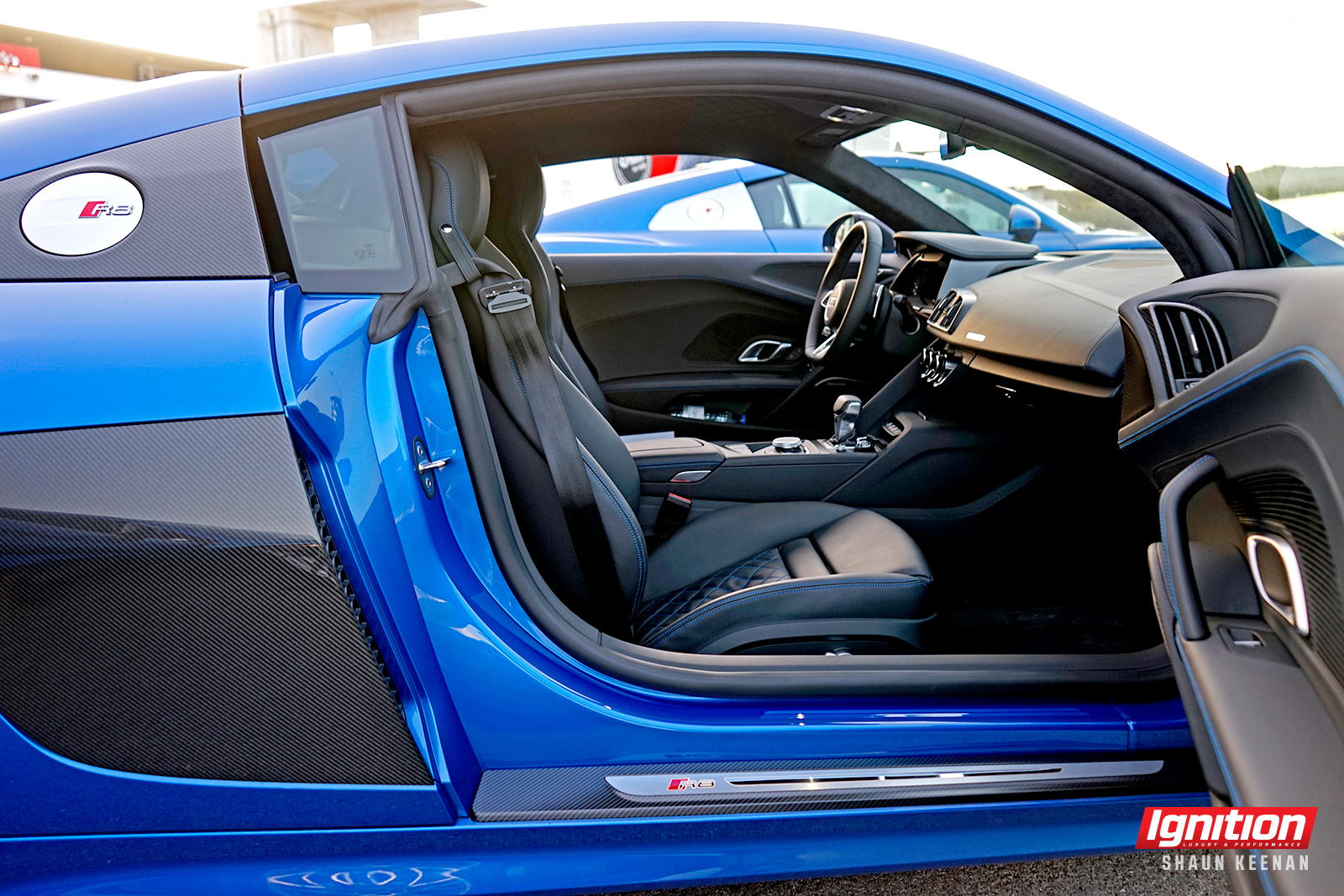
Built in a new small-scale facility in Böllinger, Höfe operated by wholly owned subsidiary quattro GmbH, the 2016 R8 is hand-assembled alongside the Lamborghini Huràcan and their respective GT3 racing counterparts thanks to the group’s modular sportscar system (MSS). Although not an entirely new chassis, the Audi Space Frame has evolved significantly into an aluminum and carbon fibre reinforced plastic construction. Its 26 kilograms of carbon fibre that makes up the centre tunnel, b-pillars and rear firewall accounts for roughly one eighth of its total 1,454 kg dry/curb weight, with the rest coming in the form of extruded and die cast aluminum pieces more common to the MSS. When completely assembled, the 2016 chassis is 15 percent lighter and 40 percent stiffer than its predecessor.
Besides the partial tubbing in carbon, perhaps the most important differences lie in the b-pillar design and the beefed-up front structure. The R8’s trademark side-blade, which seemingly hovers above the body on the current R8, has been split up into two pieces that results in a more solid connection to the body. The 112-litre frunk (front trunk) is now fully integrated into the chassis to not only strengthen the nose, but also to help transmit frontal collision forces outward, backward and away from the driver. Audi has even developed a unique new alloy specifically for use in this frame. The end result is a stronger, more rigid platform that works amazingly well on the track or the street.
The high-revving 90-degree V10 direct injection gas engine is a marvel, too. It develops a naturally-aspirated 610 horsepower and 413 lb-ft of torque in the V10 plus model – gains of 60 horses and 15 torques, respectively, compared to its 2015 counterpart. Structurally and internally, the 5.2 FSI is the same engine we find in the 540-hp standard R8 V10 as well as the 585-hp R8 LMS racecar, which boasts an assortment of additional go-fast peripherals.
Audi didn’t share its torque figures for the LMS, and the transmission and gearing is quite different, but the road car’s 413 lb-ft of torque peaks at 6,5000 RPM, with the “plus” model capable of 0-100 km/h in 3.2 seconds (and 0-200 km/h in 9.9 seconds) en route to a 330 km/h top speed. The standard V10 is 0.3 seconds slower to a gallop and 320 km/h Vmax, but both models benefit from the newly-developed quattro drive system that yields impressive grip and neutral handling thanks to fully variable torque distribution and locking rear differential.
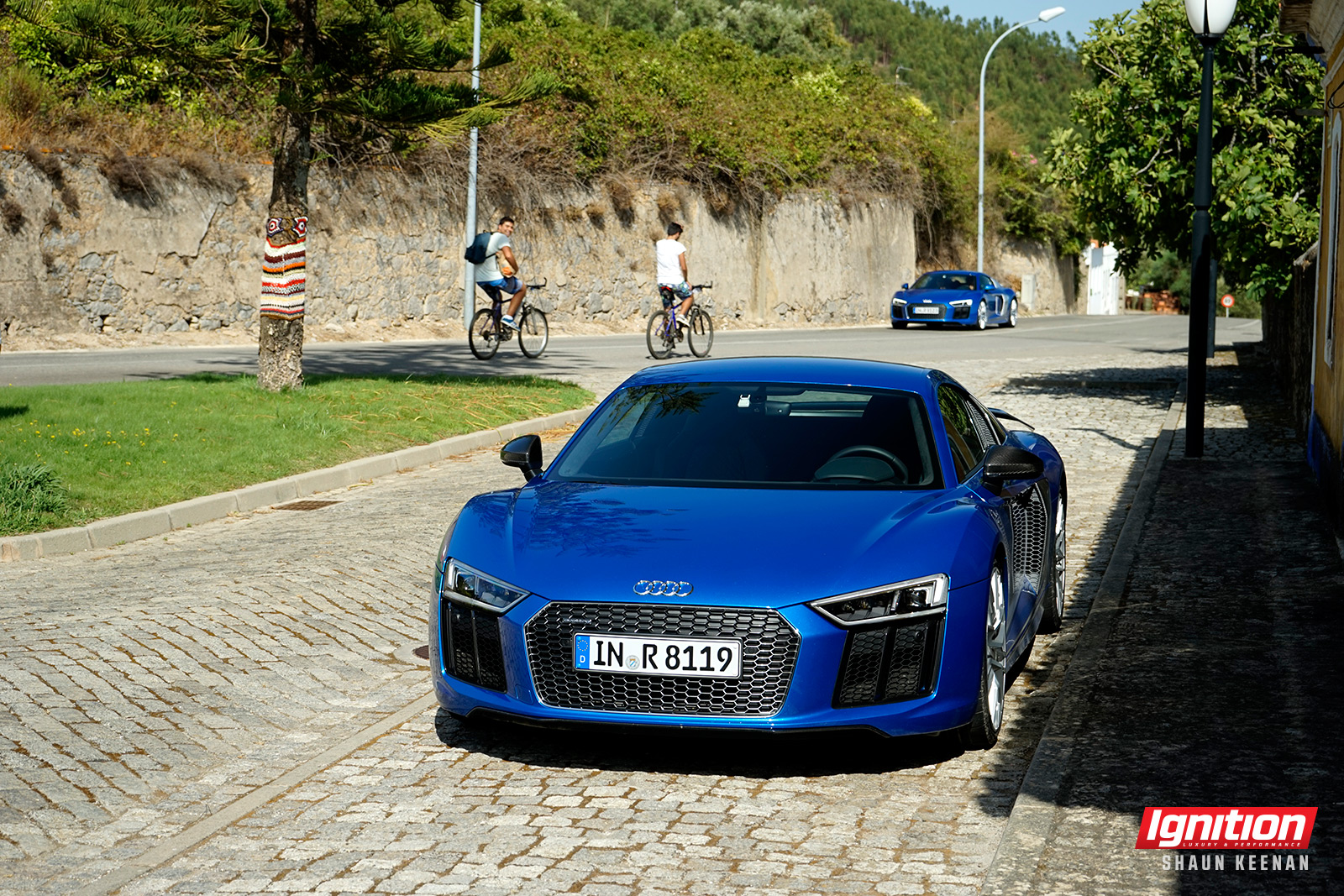
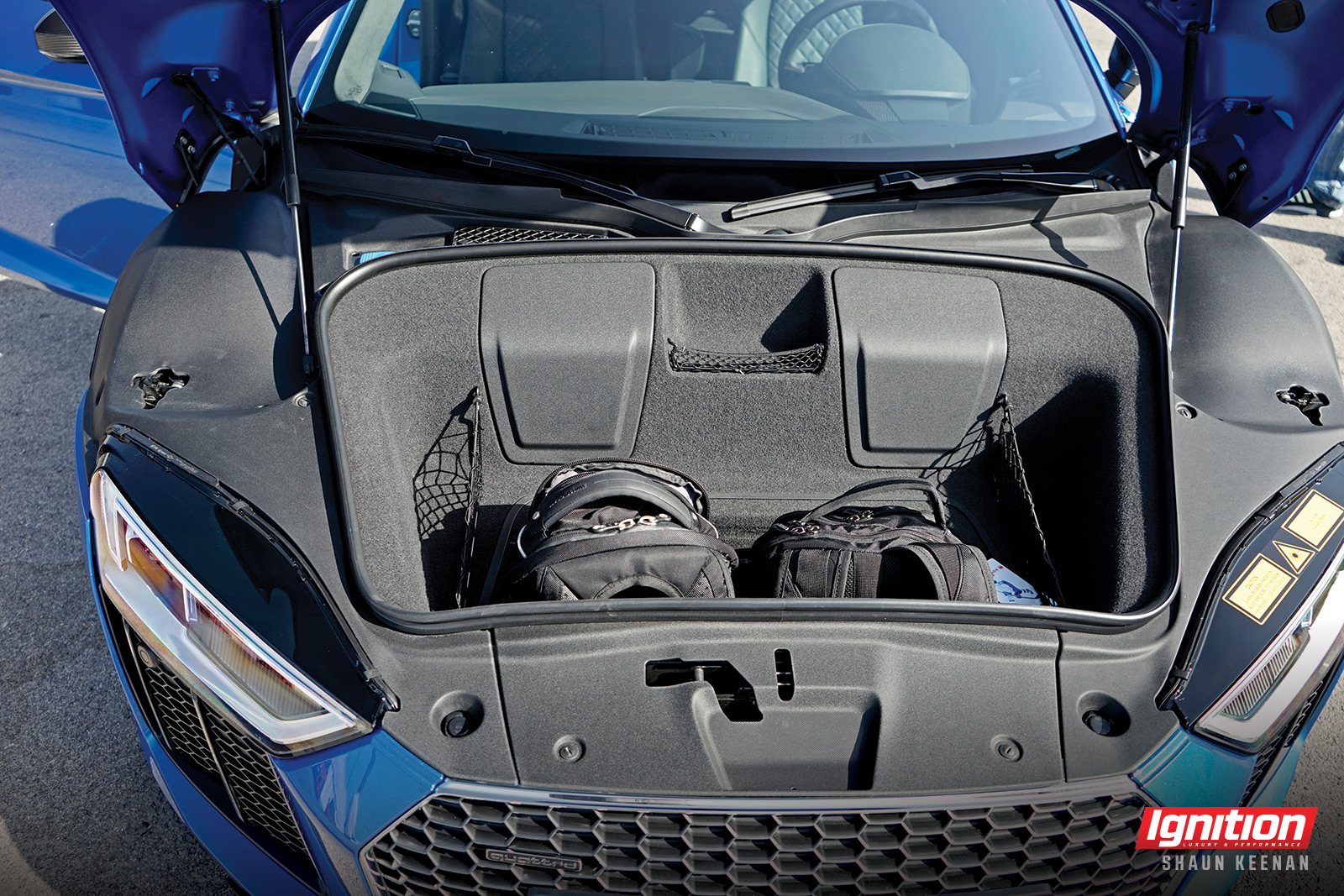

The R8 LMS is actually 225 kilos lighter (1,225 kg total) than the V10 plus, though you’d be hard-pressed to tell the difference from trackside when they’re accelerating out of turns. In fact, there is only a 0.89 difference in power-to-weight (2.09 kg/hp vs. 2.38 in the street) between them, and it gets even closer when you consider the LMS probably develops less torque than the V10 plus. Amazingly, fuel economy has been improved by up to 13 percent via new technologies like auto start/stop, cylinder on demand, dual injection and a coasting mode.
Audi invited the world’s automotive press to hot and sunny Portugal to test drive the 2016 Audi R8 on public roads and the world-class Portimao Circuit where I drove the C 63 AMG earlier this year.
Unsurprisingly, the V10 plus acquits itself well with normal roads – the same narrow, mountainous roads with blind curves and sleepy hillside villages – and instantly jives with its environment. The 110-km drive from Faro airport to the racetrack sees us through the mountains on undulating stretches of blacktop that twist, turn, rise and fall through the lush countryside with nonchalance.
The Nappa leather interior complemented by a smattering of matte carbon fibre and aluminum trim is warm, inviting and completely befitting of this flagship vehicle. Audi’s dynamic steering and magnetic ride damper control sport suspension with double wishbones makes you feel like a champ when you’re at the wheel.

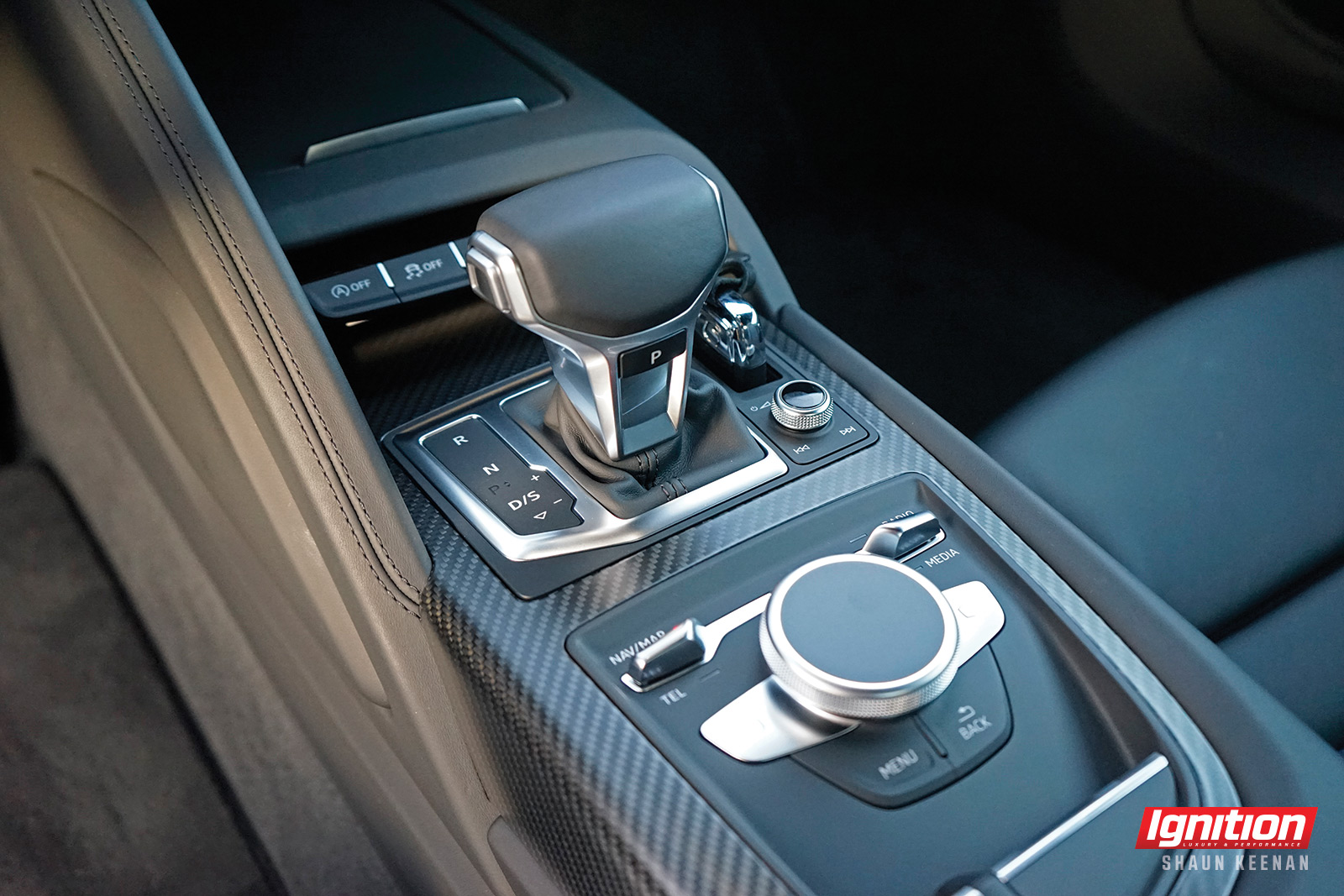


Everything is focused on the driver in what Audi calls its virtual cockpit, the centre of which is a full-colour, high-res 12.3-inch digital instrument cluster that displays everything from navigation routes and alerts to vehicle info and much more in high definition detail. It also features customizable screens while the new steering wheel has clearly been developed straight from racing – the driver needn’t worry about having to take their hands off of it. Everything is in view and accessible via a number of satellite buttons and knobs that control things like the multimedia interface, Bluetooth phone, exhaust flaps, drive select, performance mode and more. Response is instantaneous and the feedback superlative. The only thing missing is air jacks, which the LMS has.
Audi Drive Select system allows further tailoring of individual driving characteristics, including steering assist, exhaust flap control, dampers, shifting, traction and stability, throttle response and others, to be able to fully exploit the R8’s incredibly balanced chassis. Preset driving modes include comfort, auto, dynamic and individual. There is also a performance mode that is ideally suited for the track.
A race track is almost mandatory to fully appreciate a car like this, and the 4.7-km Portimao Circuit’s 16 turns and major elevation changes are just what the doctor ordered to get a glimpse of the R8’s massive potential.
It doesn’t take long to confirm the new R8 is agile and fast – the high-revving V10 sounds fantastic at wide open throttle, and the seven-speed S tronic dual-clutch transmission is already thinking about the next gear before I am. The car approaches the next apex almost faster than I can react, but the massive carbon ceramic brakes (standard on the V10 plus) don’t seem to mind. Ultra high performance Pirelli P Zeros and 20-inch wheels impart plenty of cornering grip, and there’s virtually no body roll to report. Overcooking the brakes can result in some mild understeer, but it is easily corrected via some light, left-foot braking.
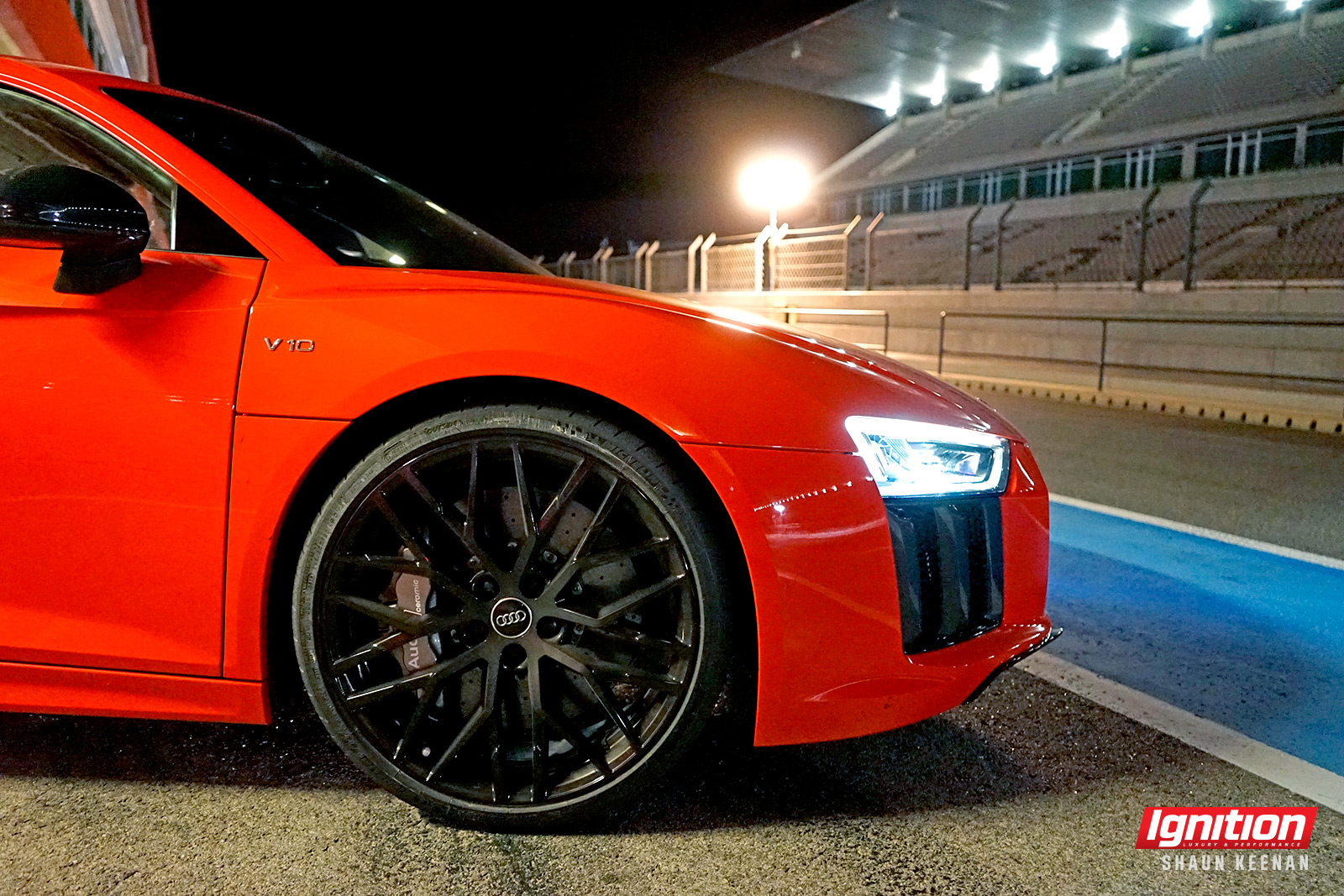
Audi’s LED headlights with laser lighting system do a really great job of improving nighttime vision. It is a shame this technology will not be coming to Canada, though that could change.
Some other things I really like about the new R8 – things that make it functional on a daily basis – include the ergonomic interior with two cupholders in the centre console armrest, the 226 litres of cargo space behind the seats and the optional Audi connect system that lets users connect to the Internet using a built-in Wi-Fi hotspot. The latter helps the driver take advantage of apps or services that pull info and content in real-time. Oh yeah, I’d better not leave out the fact that there are not one but two USB ports in the dash.
The 2016 Audi R8 is more than just a driver’s dream. It really is a supercar you can drive every day and thrash at the track on any given weekend. It has the right amount of edge to it that it gets noticed, but it doesn’t threaten anybody’s eardrums or retinas like a Huracán might. I don’t disagree with you Mr. Kristensen about it being a dream to drive, but dare I suggest that the R8 is pure automotive bliss? Yes. I do dare.
BY THE NUMBERS
$360.65 HP (CALCULATED W/ ESTIMATED BASE MSRP)
117.3 HP/L
380.6 HP/TON
2.38 KG/HP
12.3 L/100 KM (AUTO – COMBINED
SPECIFICATIONS
2016 Audi R8 V10 plus Coupé
BASE PRICE: $220,000 (estimate only)
ENGINE: 5.2L FSI V10
HORSEPOWER: 610 hp @ 8,250 rpm
TORQUE: 413 lb-ft @ 6,500 rpm
CONFIGURATION: Rear-mid engine / all-wheel-drive
TRANSMISSION: 7-speed S tronic dual-clutch automatic
DRY WEIGHT: 1,454 kg
FUEL ECONOMY RATINGS (CITY / HWY. / COMB.): 17.5 / 9.3 / 12.3 L/100 km
WARRANTY (MOS. / KM): TBA
ALTERNATIVES: Lamborghini Huracán, Ferrari 488 GTB, McLaren 570S, Mercedes-Benz SL 63/65 AMG, Porsche 911 Turbo S
